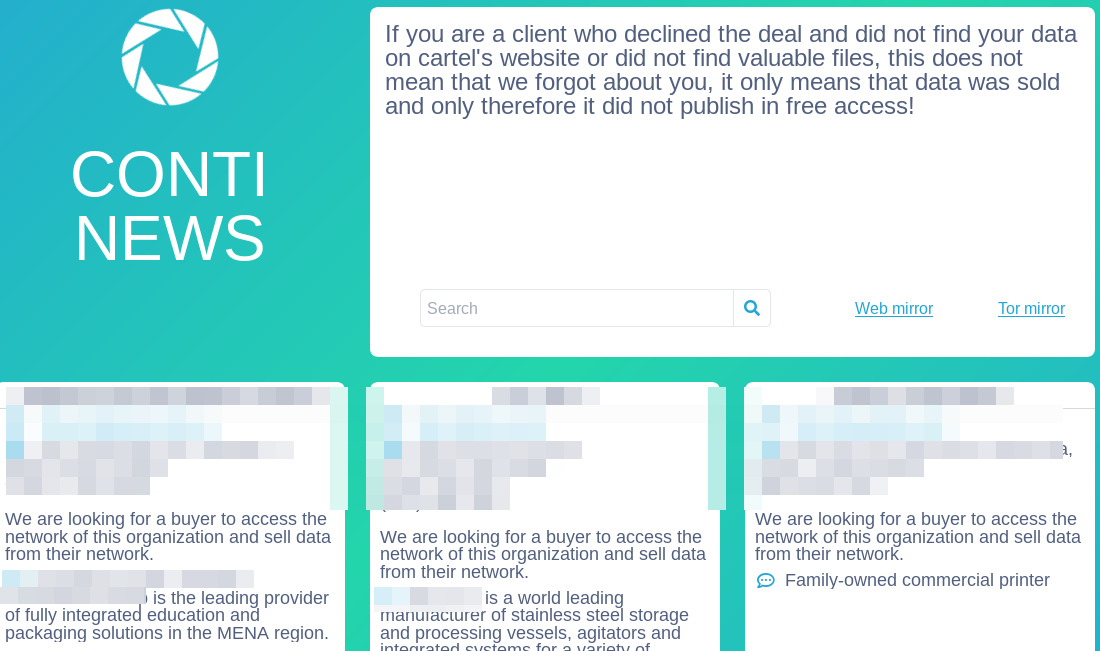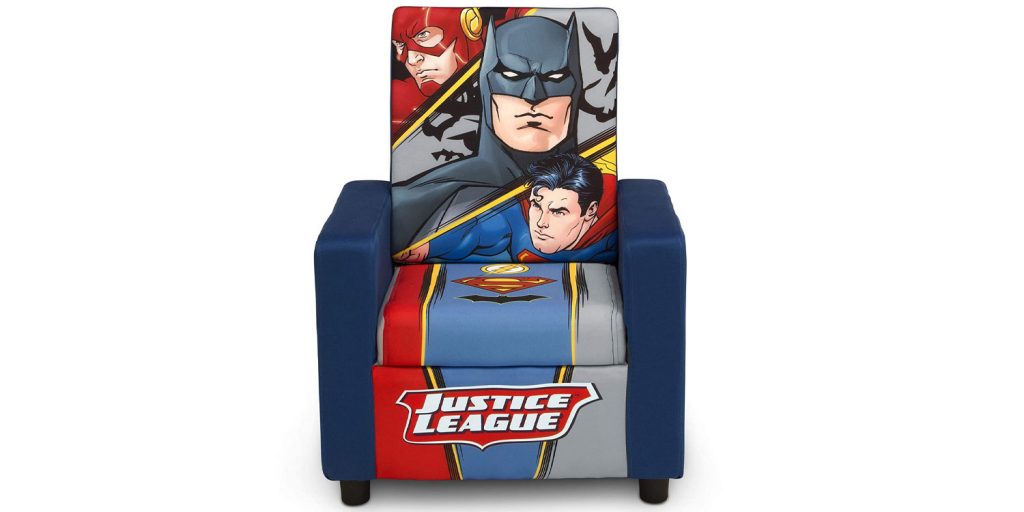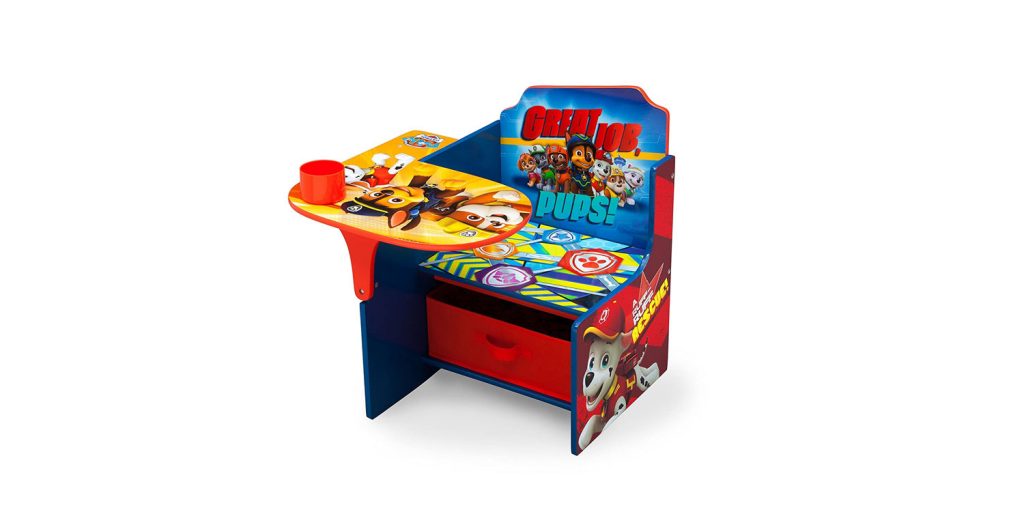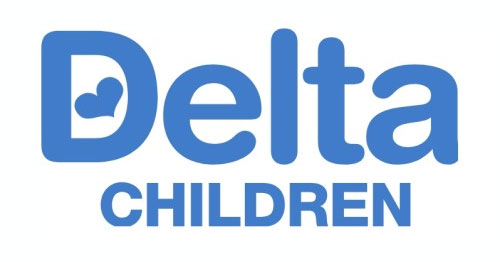Why Seating Is Important For Emotional Behavioral Disabilities
Here at Comfybummy.com, we know the importance of comfortable seating for kids. It helps them develop a good attitude and can help their spine grow correctly.
In 2020, the researcher Corinne E. Bloom Williams at the University of South Florida conducted a study where she evaluated the use of alternative seating with kids at risk for emotional, behavioral disabilities.
Looking at the results of her study, we believe even the researcher got caught by surprise by the results.
The Method She Used
She did the study with three groups of kids, ages 4-8.
Group A sat on a standard classroom seat or chair that is usually found in the classroom. This group didn’t have any additional seating method to help them be comfortable or sit correctly because they had been used to sitting like this since kindergarten.
Group B had an office chair with back support but no armrests. This helped build up their back muscles and spine correctly while they sat in the chair, which was effective with older kids (like adults).
Group C had an office chair with back support and armrests; however, instead of using the standard form of armrests that generally come with office chairs, they had unique armrests that didn’t make contact with the arms. Instead, it had a metal object at the end of each armrest about 10 cm long and very thin. When placed between the arm and chest while leaning on the chair back, it helped open up their chests for better breathing.
The Most Remarkable Results
As part of this study, three teachers were asked to give their feedback using this scale:
- Strongly Disagree
- Somewhat Disagree
- Neither Agree nor Disagree
- Somewhat Agree
- Strongly Agree
When faced with the following claim, the teachers averaged 1.3/5, which indicate that they strongly disagreed:
“My students do not have problems with staying in their seats and being on task when seated in a typical classroom chair.”
Stability Stools
- Stability Stools helped my students focus on their task (Average: 4.3/5)
- My students were able to stay seated longer when seated on the stability stool (Average: 4.3/5)
- I would use stability stools in my classroom (Average: 5/5)
Scoop Rocker Chair had the same results as the Stability Stools.
The Conclusion Of The Study
From this study, we’ve learned that having the correct seating can change children’s moods and prevent emotional, behavioral disabilities. If you need to buy furniture for your child, think about their comfort first so they’ll be able to develop good habits.
Your child’s spine will thank you!
If you want to learn more about this study, you can download the PDF here.
The post Why Seating Is Important For Emotional Behavioral Disabilities appeared first on Comfy Bummy.





















